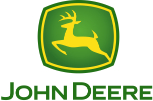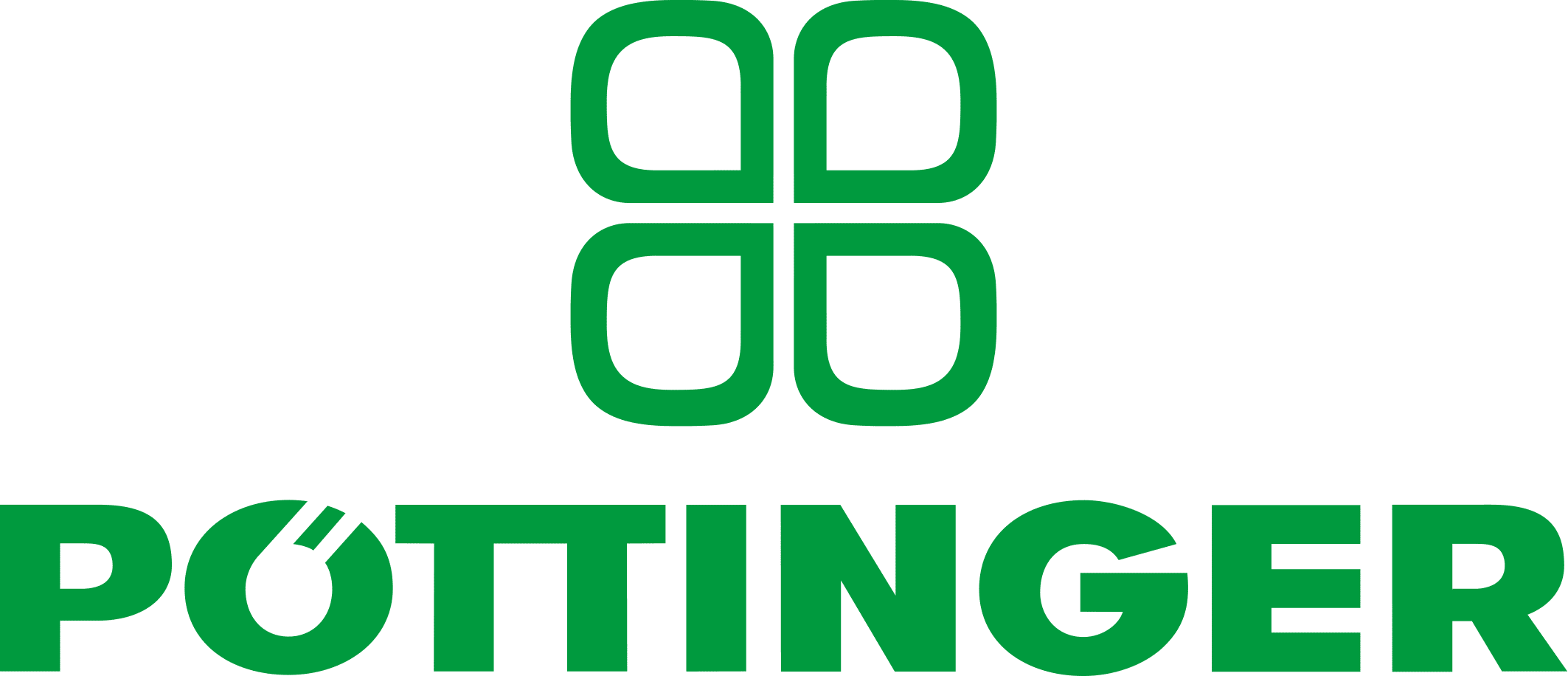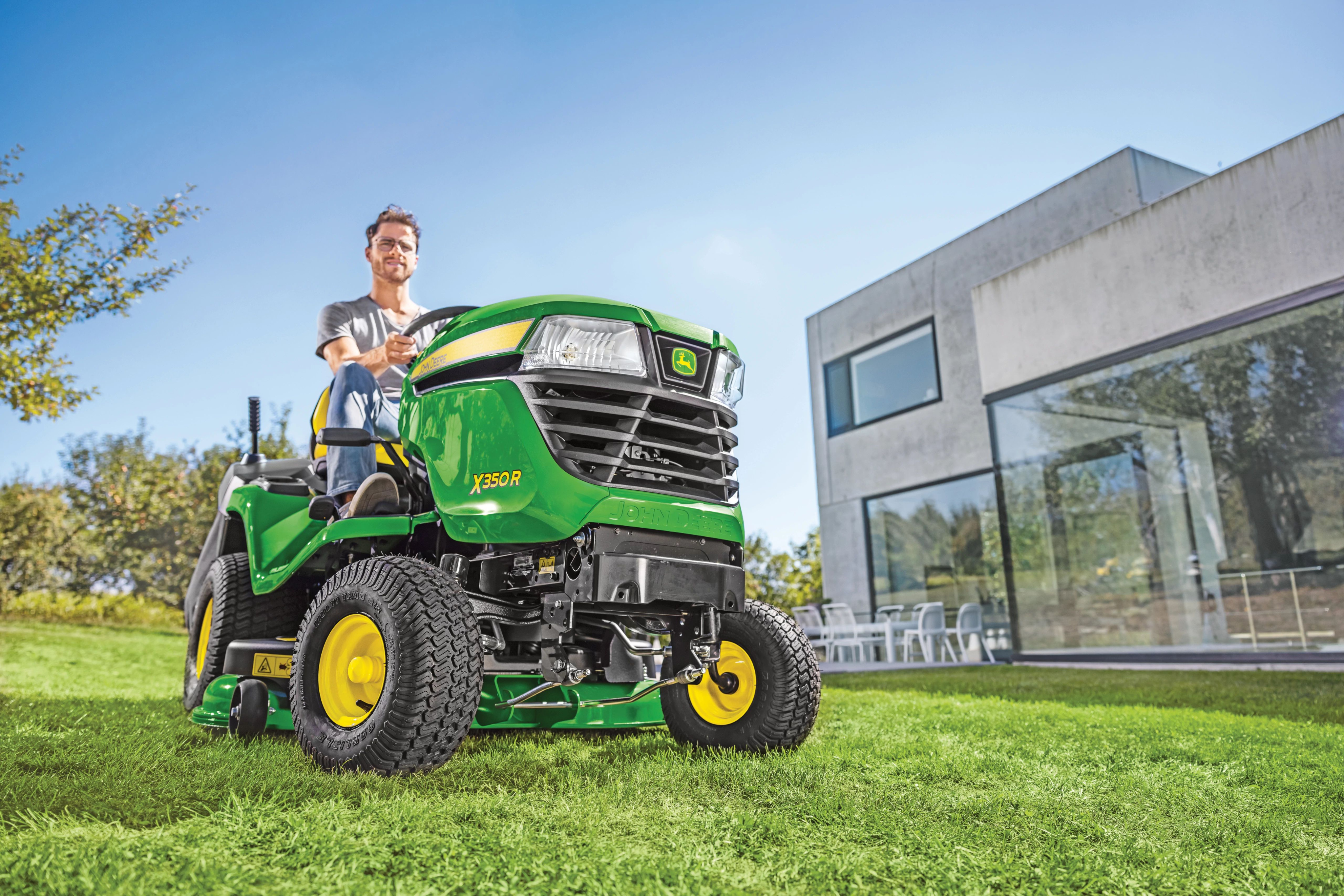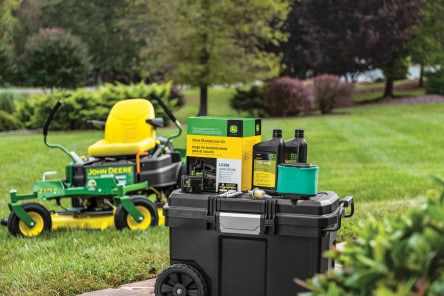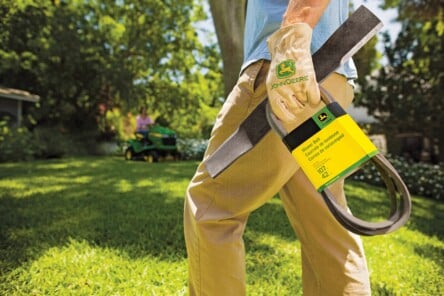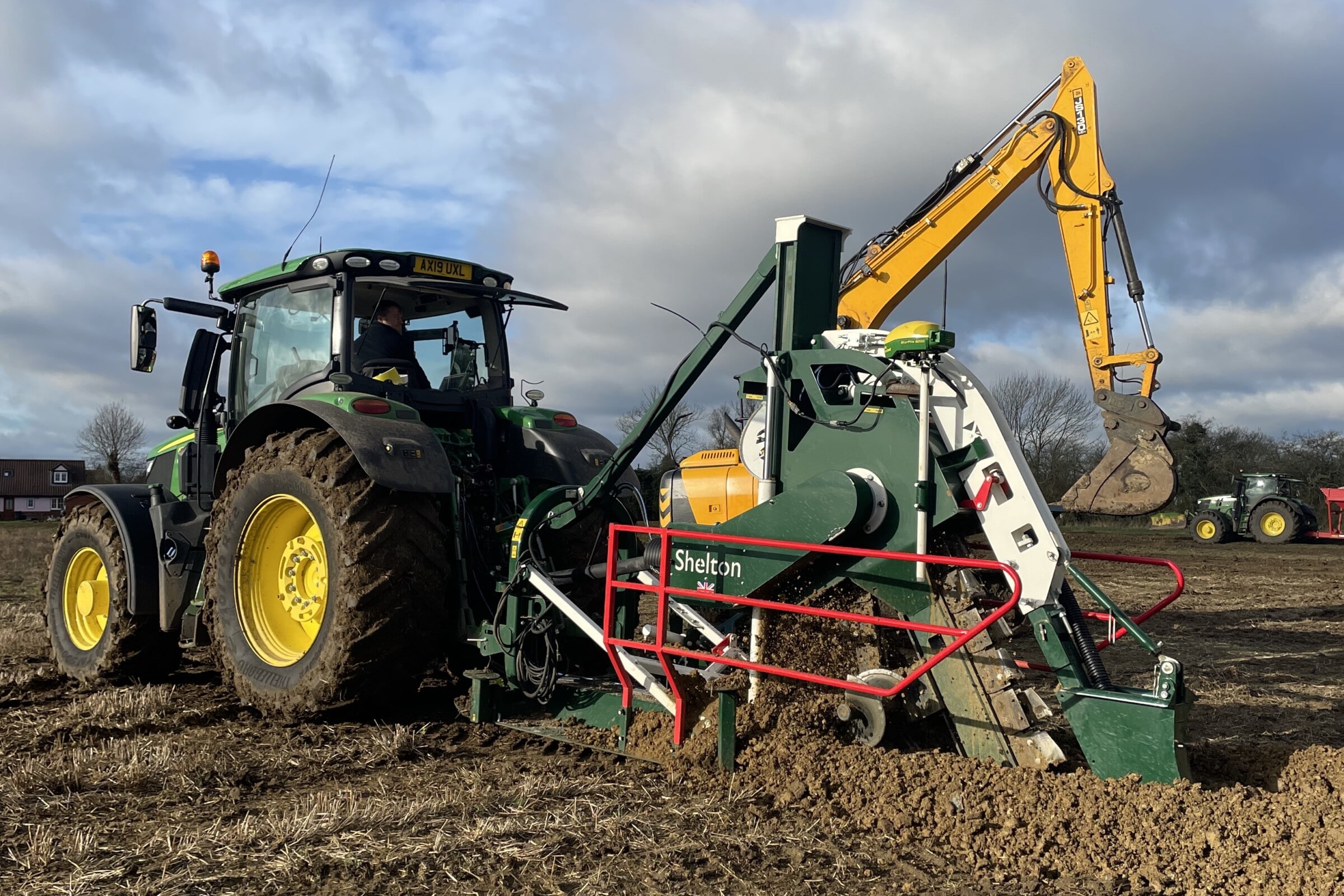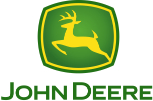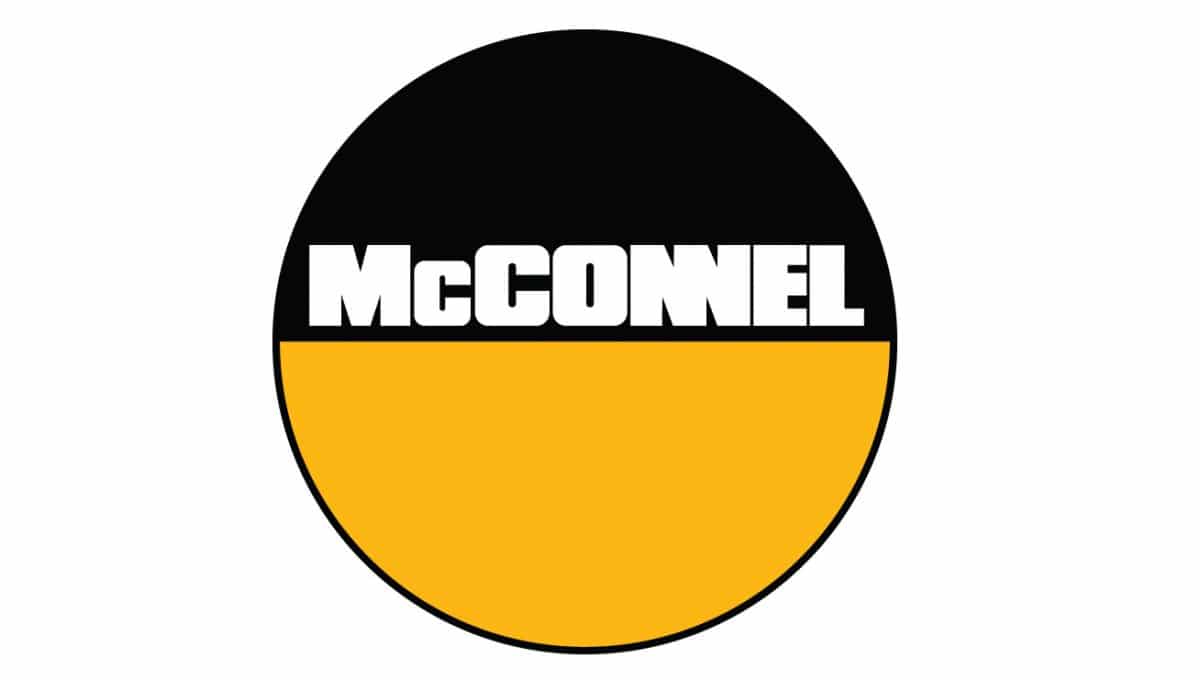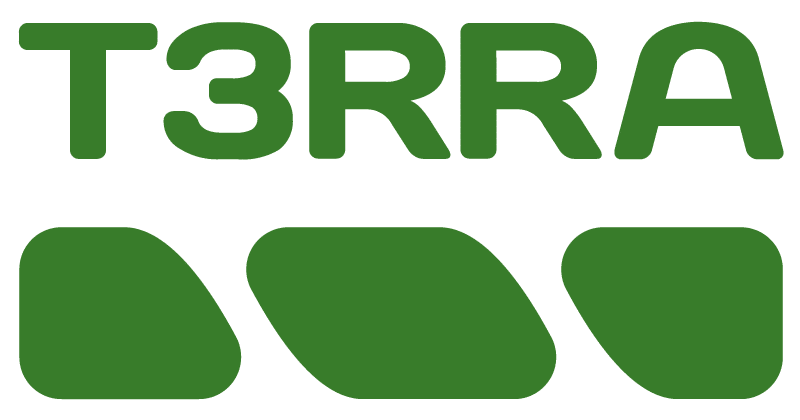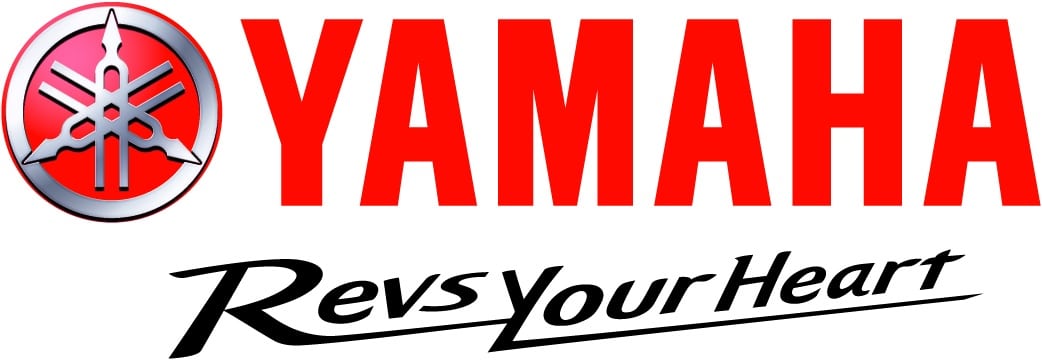Our drainage journey, on Tuckwell Farms, started a few years ago. With one mission. To make land which we couldn’t farm, farmable again, therefore greatly improving productivity.
We knew that we had drainage problems on the farm, but after many years of very wet winters, it became clear we had a real problem. We were losing money on areas of land where yields were so poor – we would have been better off not farming them at all.
Our farm manager, Kris Grzelak started looking into how we could do our own drainage on the farm, taking into consideration cost implications as well as practical logistics of installation. He looked at some basic ways using a laser, as well as buying our own tractor mounted Shelton trencher.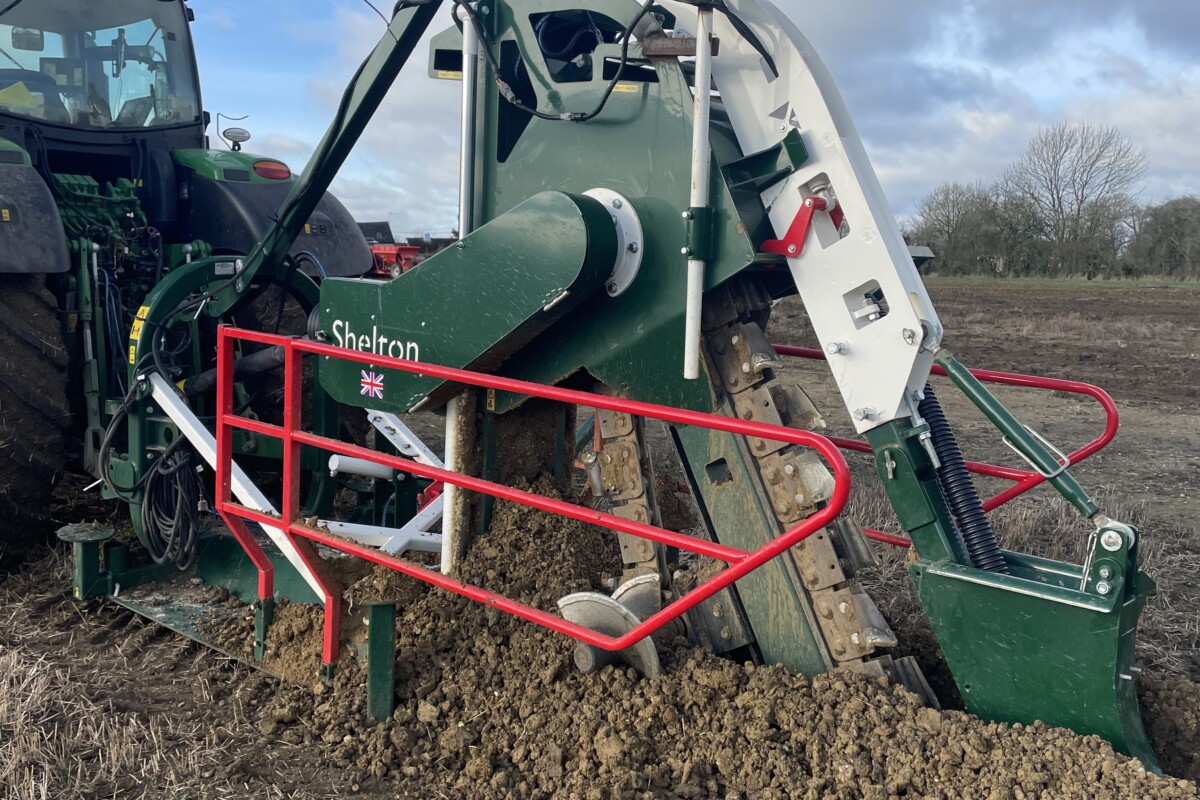
The precision ag technology is key to streamlining the process and making it as efficient as possible. At the beginning of this process, we discovered John Deere do an activation called igrade, this allows GPS control of an implement, however this only works on a single plain, much like a laser.
One year later we stumbled across a company called T3rra, which make software specifically for JD igrade. This software allows control of a machine on multiple plains. Back in Spring 2021 we started talking to T3rra and purchased the software from them. Fast forward 12 months, and we are now the UK dealers.
To date, we have put in over 8,000m of drains on the farm and are greatly looking forward to seeing an improvement in productivity.
Water management is one of the most important aspects of farming, too much then crops die, too little and the crop also dies. Although we can’t control how much rainfall we get in spring and summer, we can control the excess water that we have on the farm in the winter months. Excess water in the soil has massive effects on soil structure and health, as the living biology in the soil can’t live in wet, anaerobic conditions. Therefore, removing the water from the top surface layer is vital for not only improving productivity, but also for improving soil health.
This whole process begins with gathering elevation data of the land, which can be done in a few ways. At Tuckwell farms, we have done this by putting a receiver on the gator and driving up and down the field to survey it, which is a very accurate way of gathering this data. We then have our base for creating a drainage plan.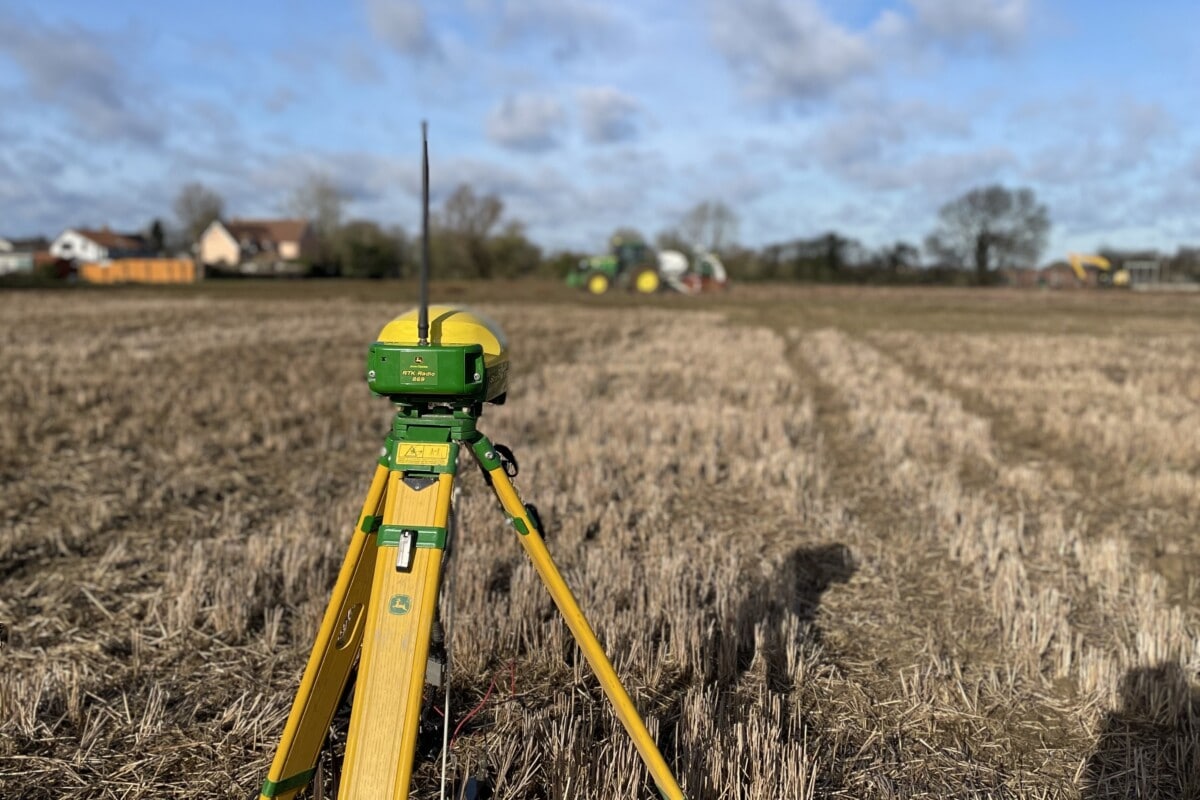
After collecting the elevation data, we can then use another piece of desktop software to start designing our own drainage scheme. With this stage there are lots of different tools to help us. For example, we can simulate rainfall in 3D and create accumulated flow paths to see exactly where and how the water leaves a field. There are also tools to create water sheds and wetness indexes, which again give us a better understanding of how water moves across the field. Having used these tools, we can then start to build a scheme from the very basic level. Starting by just installing main lead drains and designing mole drainage, to then building upon these when and how we see fit. This is a very low cost but effective way of managing excess water. We must remember that we are trying to remove excess water and not create a deficit going into the following growing season.
Then we need to take that data to the field and install some drains. The calibration and set-up are the most important part. If we don’t have this right, the drain will be in the wrong place! The process then begins with digging a trench, followed by laying the pipe. We then add stone, filling in the trench. This is an important step as this must be the correct depth from surface level to the top of the stone. If this isn’t right, we can’t effectively mole drain in the future. After filling the trench back in, we then leave it to settle before we do anymore work.
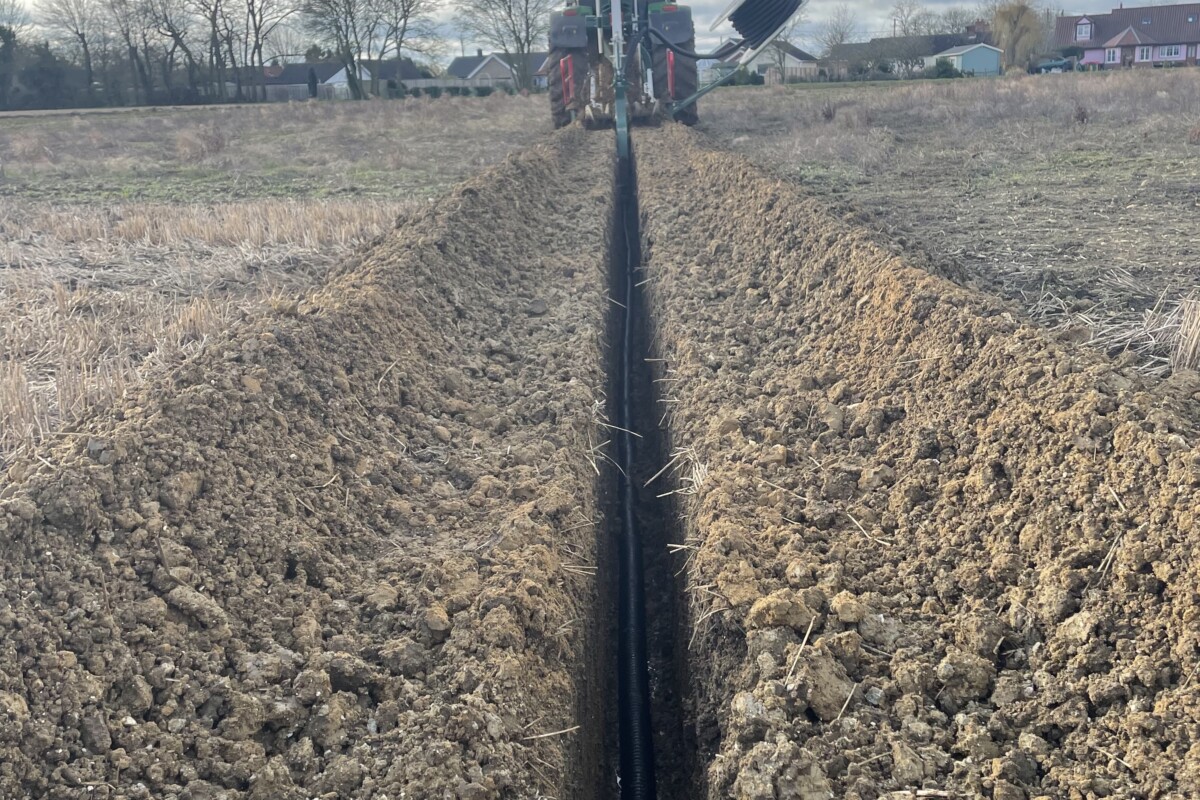 When we first started putting the drains in, we were putting the stone in the hopper on the back of the trencher, however we found it slowed the whole operation down. Therefore, we now run the stoning and the trenching as two separate operations. We are about to design and build a sledge type hopper to put the stone in. This is a very important part of the process, as it ensures there is a certain depth of stone from surface level down to the top of the stone. We have also designed our own blade for filling the trenches back in.
When we first started putting the drains in, we were putting the stone in the hopper on the back of the trencher, however we found it slowed the whole operation down. Therefore, we now run the stoning and the trenching as two separate operations. We are about to design and build a sledge type hopper to put the stone in. This is a very important part of the process, as it ensures there is a certain depth of stone from surface level down to the top of the stone. We have also designed our own blade for filling the trenches back in.
If all goes to plan, we aim to lay 2000m of pipe per day, however the surveying and designing is the time-consuming part of the process. By having our own software and equipment, this halves the price of hiring a contractor to carry out this process and allows us to carry out the work as and when it suits us.
Given the success of this project, we now offer a number of services based around water management. For more details, please contact kgrzelak@tuckwellgroup.com or gwhelan@tuckwells.com.

